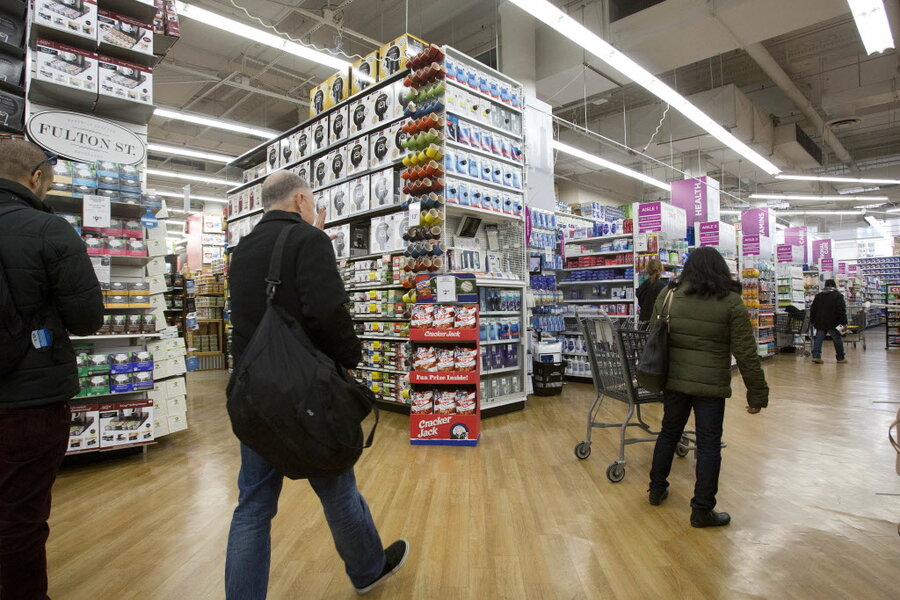Consumer spending surges. Why Americans are opening their wallets.
Loading...
Consumer spending appears to be back on track.
In a Commerce Department report released Tuesday, consumer spending rose by 1 percent in April, when adjusted for inflation. That's the biggest surge since August 2009, just after the Great Recession officially ended. Economists had projected spending to rise by 0.7 percent in April.
Consumer spending accounts for two-thirds of all economic activity in the United States, and it was slow going in the first part of 2016. February saw a 0.2 percent increase, and March was flat. April’s jump in spending shows that consumers are beginning to express more confidence in the economy after a rough start to the year. They also have more money to be able to do so. Personal income rose by 0.4 percent for the second month in a row. Wages and salaries also grew, by 0.5 percent.
“After a six-month lull, consumers emerged able and willing to spend more freely in early spring,” Gregory Daco, head of US macroeconomics at Oxford Economics, told the Wall Street Journal Tuesday. “This is good news for the economy as solid employment, firming wage growth and upbeat confidence should support the upbeat momentum in” for the rest of 2016.
As consumers begin to spend slightly more, they’re also saving a little bit less. Research from the Federal Reserve Bank of St. Louis shows that the national personal savings rate fell from 5.9 percent in March to 5.4 percent in April. But April’s consumer spending increase should not automatically equate a long-term decrease in household savings, Michael Gapen, Chief US Economist at Barclays, writes in an e-mailed report to the Christian Science Monitor.
“We view household saving rates as broadly in line with our long-run equilibrium estimates and do not view the [savings decrease] as worrisome,” he explains.
Now that the weather is slightly warmer, consumers are choosing to spend more on durable goods and services that take them outside the home. Spending on long-lasting manufactured products climbed by 2.3 percent, with spending on cars making up the bulk of that increase. Consumers are also buying more houses than they did in March. The Commerce Department previously reported that new home sales rose by 16.6 percent in April, to 619,000.
The new high in consumer spending, along with a strengthening labor market and higher wages, has led some economists to question whether the Federal Reserve will raise interest rates this summer. In order for the Federal Reserve to do so, economic conditions such as inflation need to be at the right level. The core PCE, which is the Fed’s preferred method of measuring inflation, is currently running below the central bank’s 2 percent target. The Reserve raised interest rates in December but decided against raising them again at its April policy meeting.
Federal Reserve chairwoman Janet Yellen said Friday that a rise in interest rates is likely within the next several months, as the US economy continues to grow. That means rates could rise as soon as the Federal Reserve’s next meeting in mid-June, or it may happen slightly later if officials intend to wait for stronger indicators from the economy.






